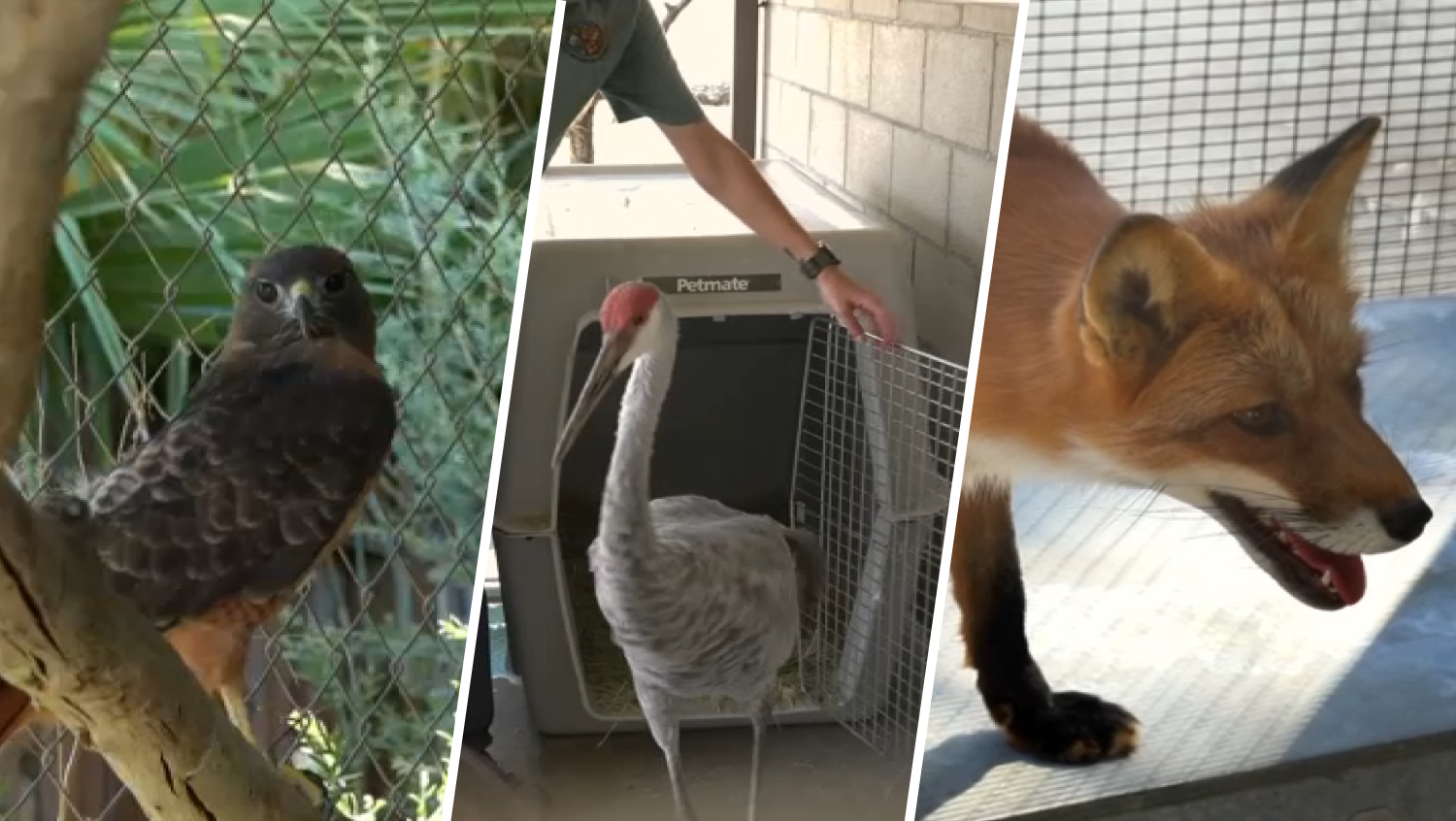A Sierra Madre couple has few complaints about the reclusive tenant who moved in a few weeks ago.
He mostly minds his own business, leaves late at night, and comes back home early in the morning without bothering anyone, Bob Nesler and Susan Nesler said.
"He does leave piles of scat," Bob Nesler said. "That’s about my biggest complaint."
And that's to be expected, as a black bear is living in the crawlspace under the Neslers' home in the San Gabriel Valley foothills.
Get top local stories in Southern California delivered to you every morning. Sign up for NBC LA's News Headlines newsletter.
Bear sightings in the community on the southern edge of Angeles National Forest are not uncommon, which helps explain why the Neslers are not overly concerned about the bear they have named "Junior."
The Neslers have been in contact with wildlife officials but said they only want "Junior" removed if it can be done humanely.
They've captured several photos on a motion-activated camera installed by California Fish and Wildlife agents that show what appears to be the face of an older large black bear. One video showed the bear lumbering down North Sunnyside Avenue on a cool September day.
"He comes in, apparently, around 5, 5:30 in the morning and leaves late at night," Susan Nesler said. "He hasn’t caused any problems for us, other than we need to get him to leave, for safety's sake."
Fish and wildlife agents were in the neighborhood Monday.
"We would wait for the bear to leave the crawlspace," said Kevin Howells, of the California Department of Fish and Wildlife. "And then, I would work with the homeowner to maybe get that space boarded up with something more robust."
Black bears, which can have different color coats, like to feed on plants, insects, nuts, berries and whatever else they think of as edible — such as the contents of trash bins. If food is scarce in their natural habitat, bears are likely to forage elsewhere, bringing them into Southern California foothill neighborhoods.
California's black bear population has been on the rise over the last two decades, growing from an estimated 10,000 to 15,000 in the early 1980s to between 25,000 and 30,000 — and that's a conservative estimate, according to the state department of fish and wildlife.
Black bears, recognized by their small, narrow heads and small ears, have coats that range in color from tan or brown to black. Females grow up to about 200 pounds and males can be a hefty 350 pounds with some giants weighing in at more than 600 pounds.
About half of the state's bear population can be found in the Sierra Nevada Mountains and areas to the north and west. Only an estimated 10 percent of the black bear population inhabits central western and southwestern California.
Although its on the state flag, the fearsome grizzly bear no longer can be found in the California wild. The last grizzly bear observed in California was shot in the early 1920s.



